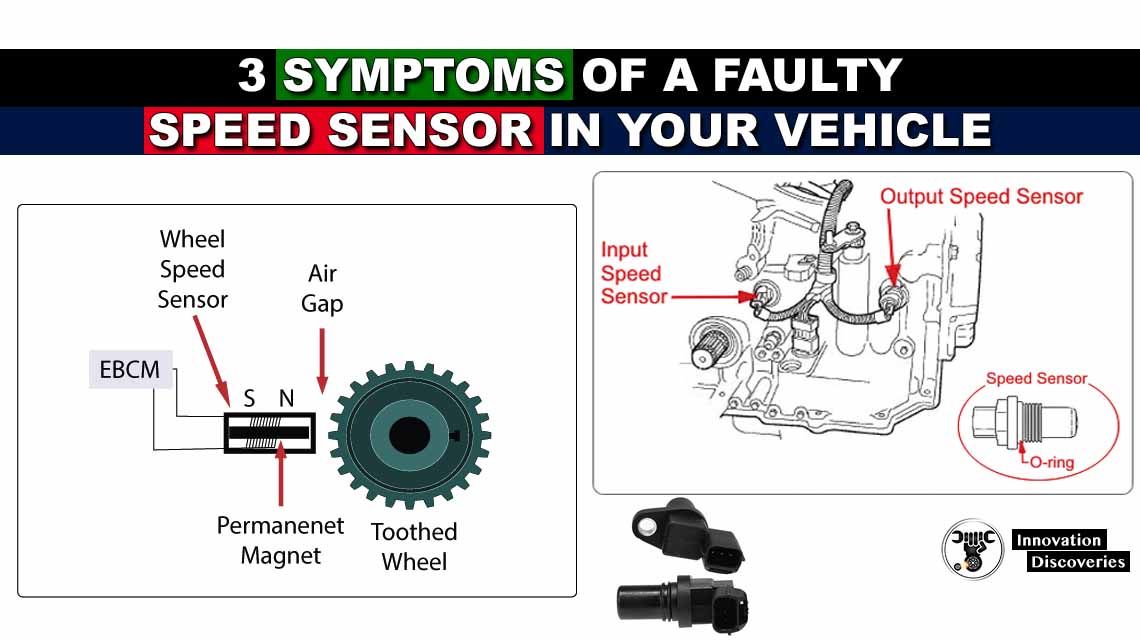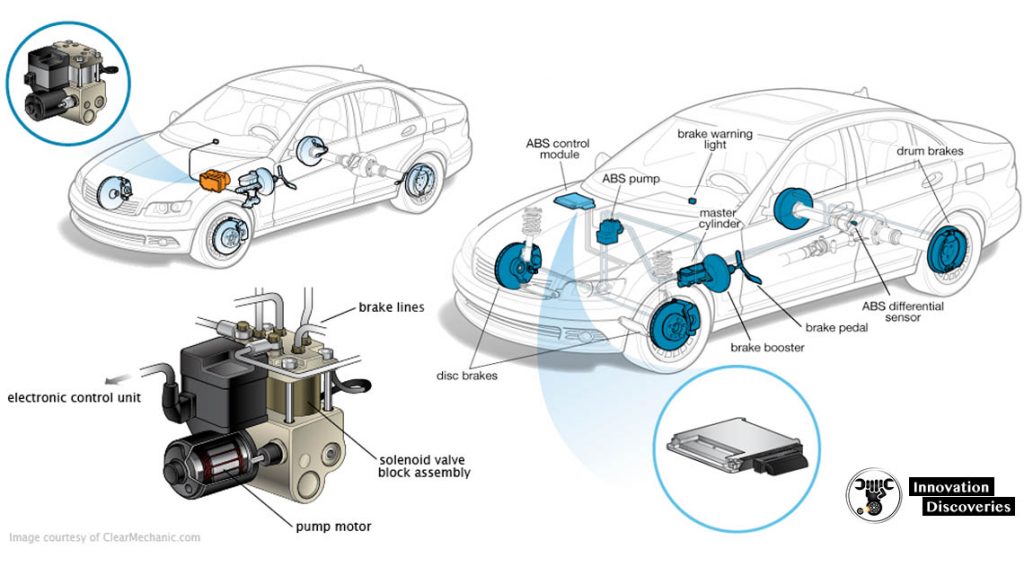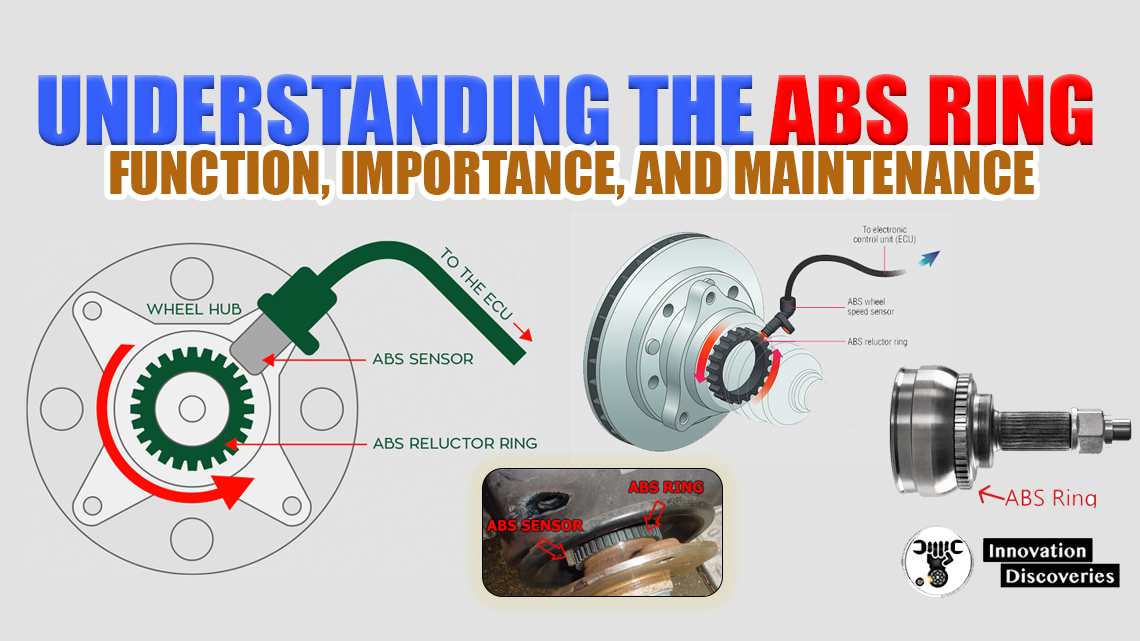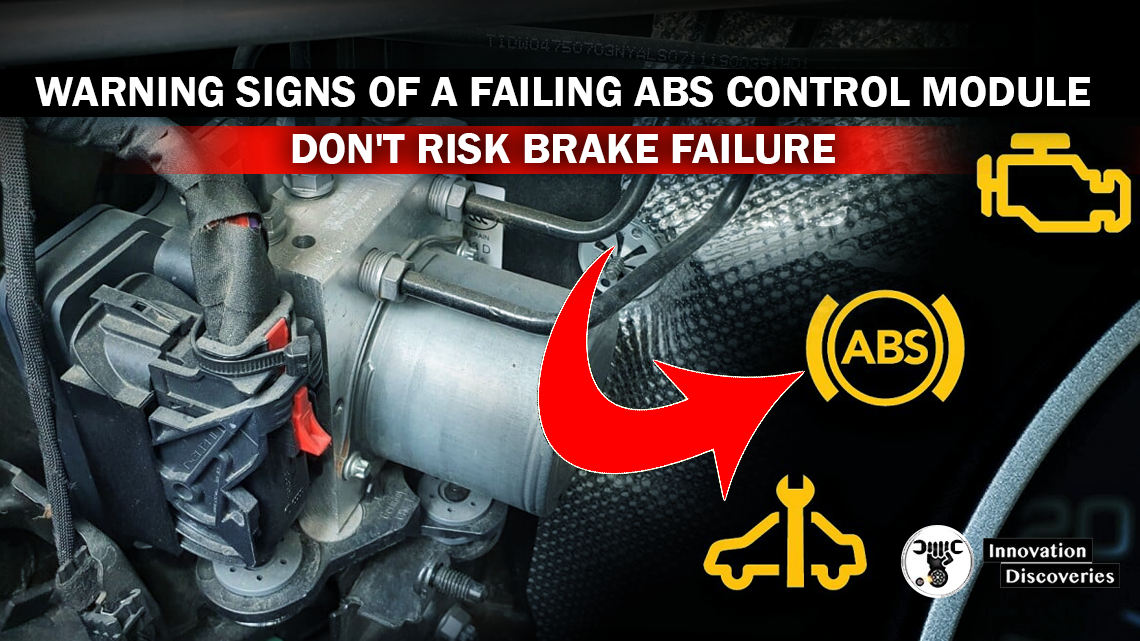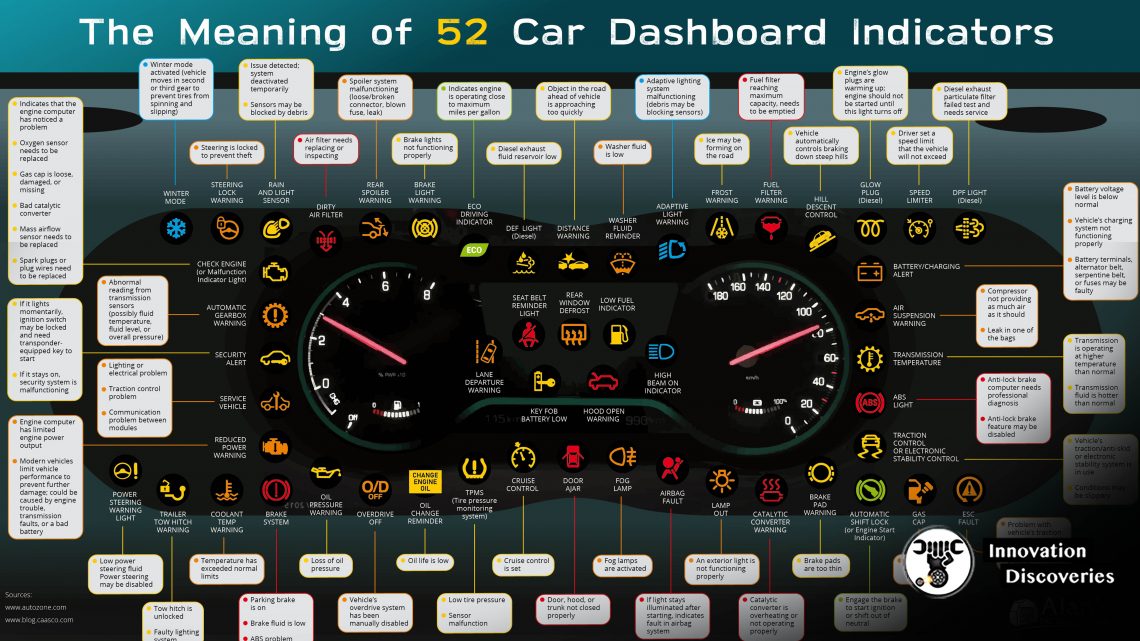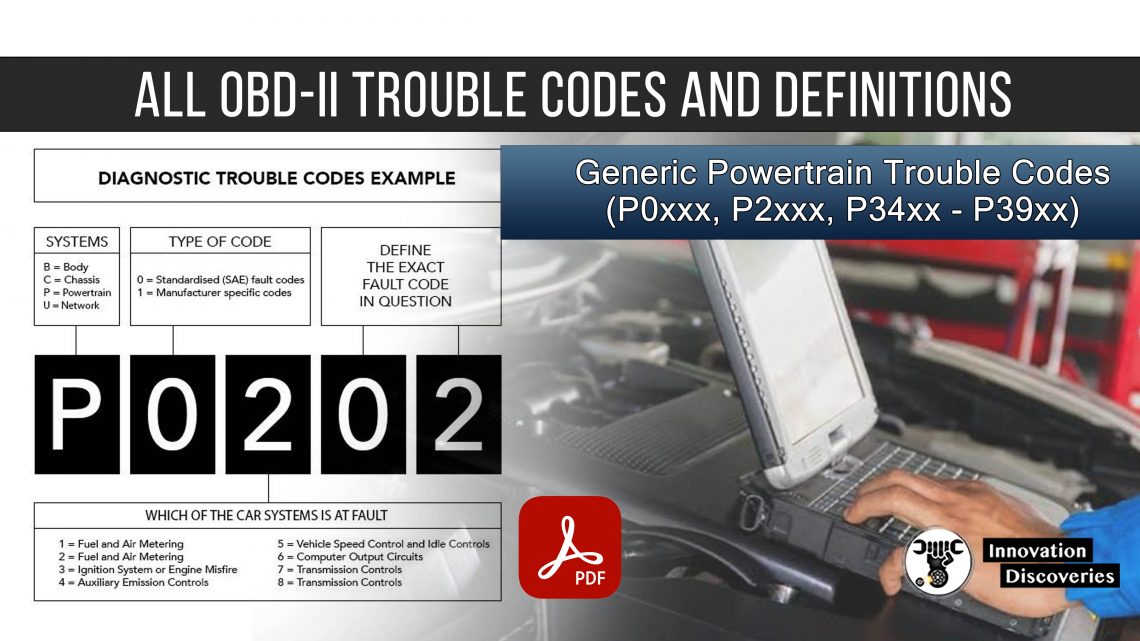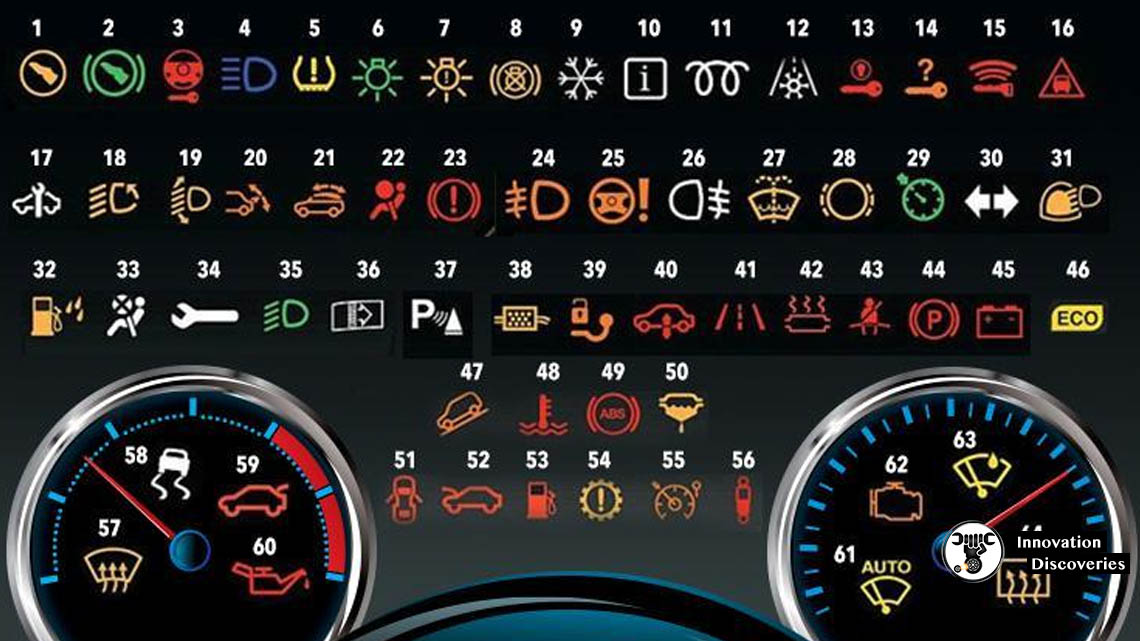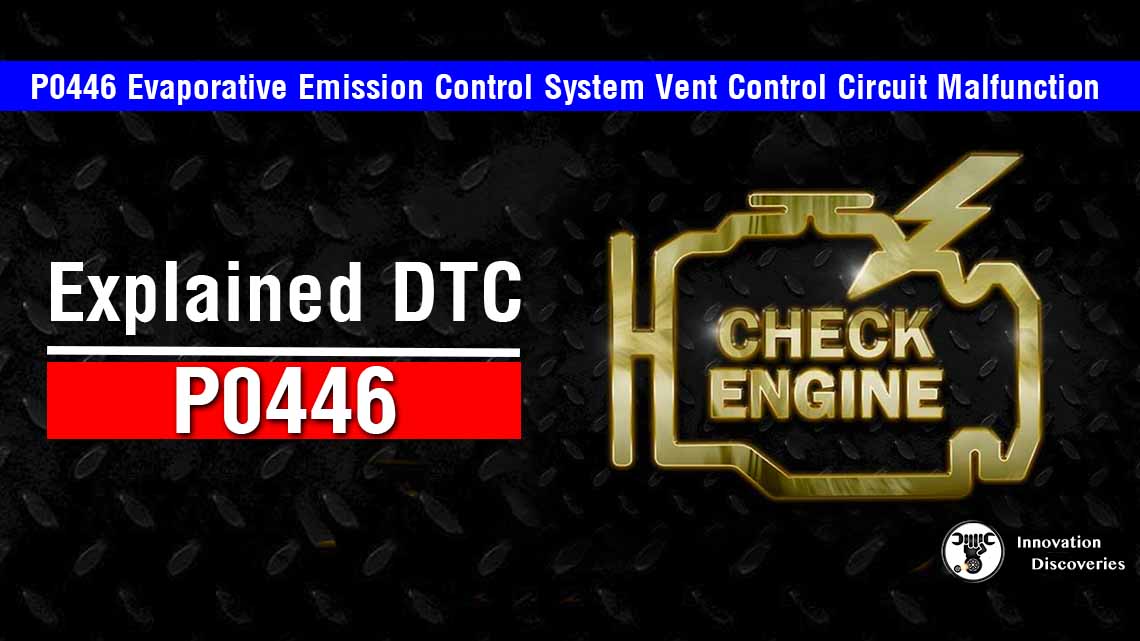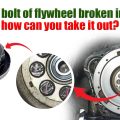
Introduction:
The Anti-lock Braking System (ABS) is a crucial safety feature in modern vehicles, designed to prevent wheel lock-up during braking and maintain control. When the ABS light on the dashboard starts blinking, it indicates a potential issue within the ABS system that requires attention.
In this article, we will explore the common causes behind a blinking ABS light and discuss possible solutions to address the problem effectively.
1. Wheel Speed Sensor Issues:
The wheel speed sensors play a vital role in the ABS system by monitoring the rotational speed of each wheel.
A malfunctioning or damaged wheel speed sensor can trigger the ABS light to blink. Inspecting and cleaning the sensors, checking for any physical damage, or replacing faulty sensors can help resolve this issue.
2. ABS Control Module Problems:
The ABS control module receives information from the wheel speed sensors and activates the ABS system when necessary. If the control module malfunctions or encounters a fault, it can cause the ABS light to blink.
Diagnostic tools can be used to retrieve error codes and diagnose any issues with the control module, which may require repair or replacement.
3. Hydraulic Pump or Motor Failure:
The ABS system utilizes a hydraulic pump or motor to modulate brake pressure and prevent wheel lock-up. If the pump or motor fails or experiences a malfunction, it can lead to a blinking ABS light.
A thorough inspection of the hydraulic unit and relevant components is necessary to identify any failures and replace or repair them accordingly.
4. Wiring or Connection Issues:
Faulty wiring or poor connections between ABS components, such as the sensors, control module, or hydraulic unit, can cause intermittent signals and trigger the ABS light to blink.
Carefully inspecting the wiring harnesses, connectors, and grounds for damage, corrosion, or loose connections can help resolve these issues.
5. Other ABS System Component Failures:
Various other components within the ABS system, including relays, fuses, or solenoids, can fail and result in a blinking ABS light.
These components should be inspected, tested, and replaced as necessary to restore proper ABS system functionality.
ANTI-LOCK BRAKING SYSTEM (ABS): COMPONENTS, TYPES AND WORKING PRINCIPLE
Conclusion:
A blinking ABS light should not be ignored, as it indicates a potential problem within the ABS system that may compromise the effectiveness of your vehicle’s braking system. Proper diagnosis and troubleshooting are necessary to identify the specific cause of the issue.
It is recommended to seek the assistance of a qualified mechanic or automotive technician who can utilize diagnostic equipment, retrieve error codes, and perform thorough inspections to pinpoint and resolve the problem.
By addressing the underlying causes, you can restore the functionality of your ABS system and ensure safe braking operations while on the road.
Discover More about ABS system
More About Braking Systems
- Top 5 Causes of Steering Wheel Shakes at Low and High Speeds
- HOW HYDRAULIC BRAKE WORKS?
- AIR BRAKE SYSTEM: COMPONENTS, WORKING PRINCIPLE, AND APPLICATIONS
- HOW DOES REGENERATIVE BRAKING WORK?
- 8 REASONS YOUR CAR IS MAKING GRINDING NOISE WHEN BRAKING
- Regenerative Braking System
- JAKE BRAKE VS. EXHAUST BRAKE: WHICH IS BETTER?
- SQUEALING BRAKES AT LOW SPEED: CAUSES AND SOLUTIONS
- TROUBLESHOOTING A HARD BRAKE PEDAL
- CONVERT DRUM BRAKES TO DISC BRAKES IN 3 STEPS!
- CAUSES OF THE BRAKE WARNING LIGHT COMING ON
– Additional –
This file contains information transposed from the BMW Car Club of Bulgaria forum site (Errors and omissions excluded) –
Visit Forum
Visit Our Friendly Website



